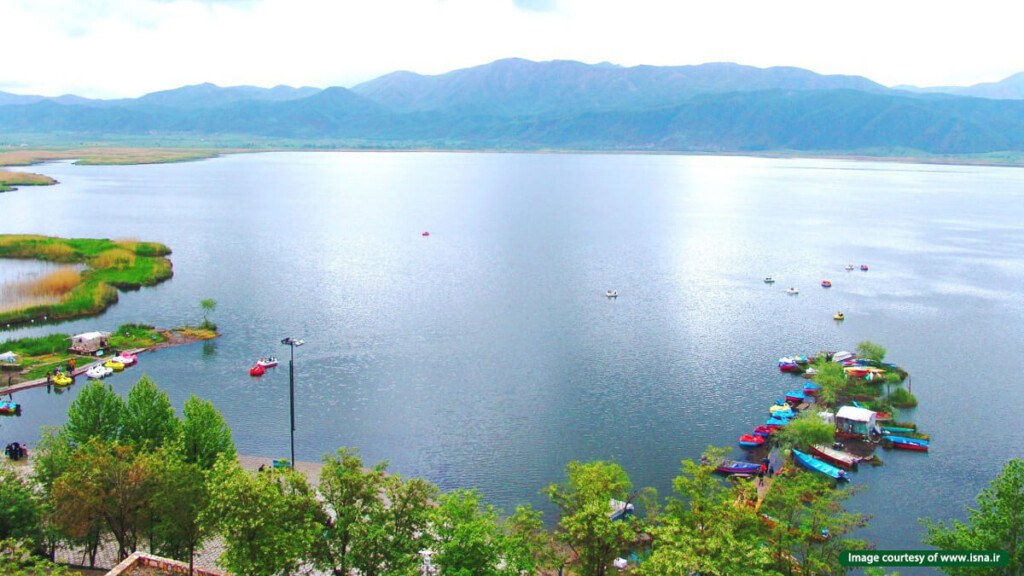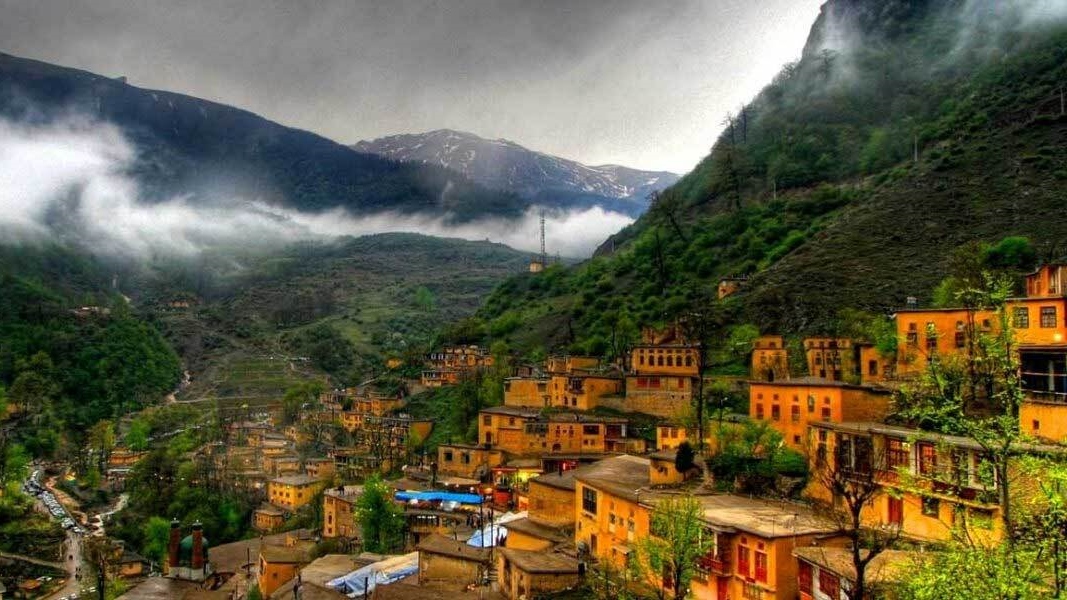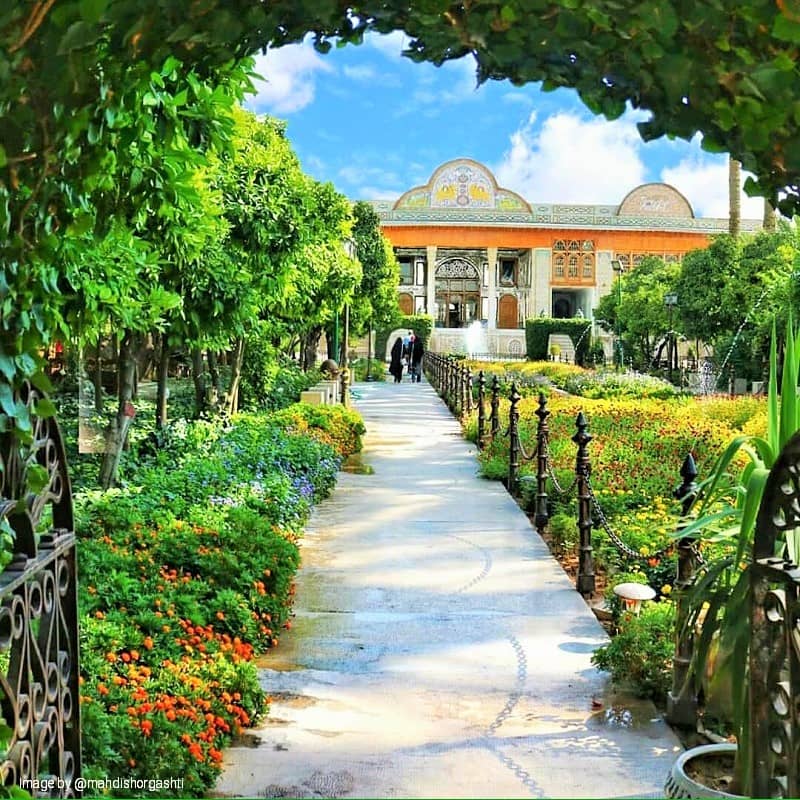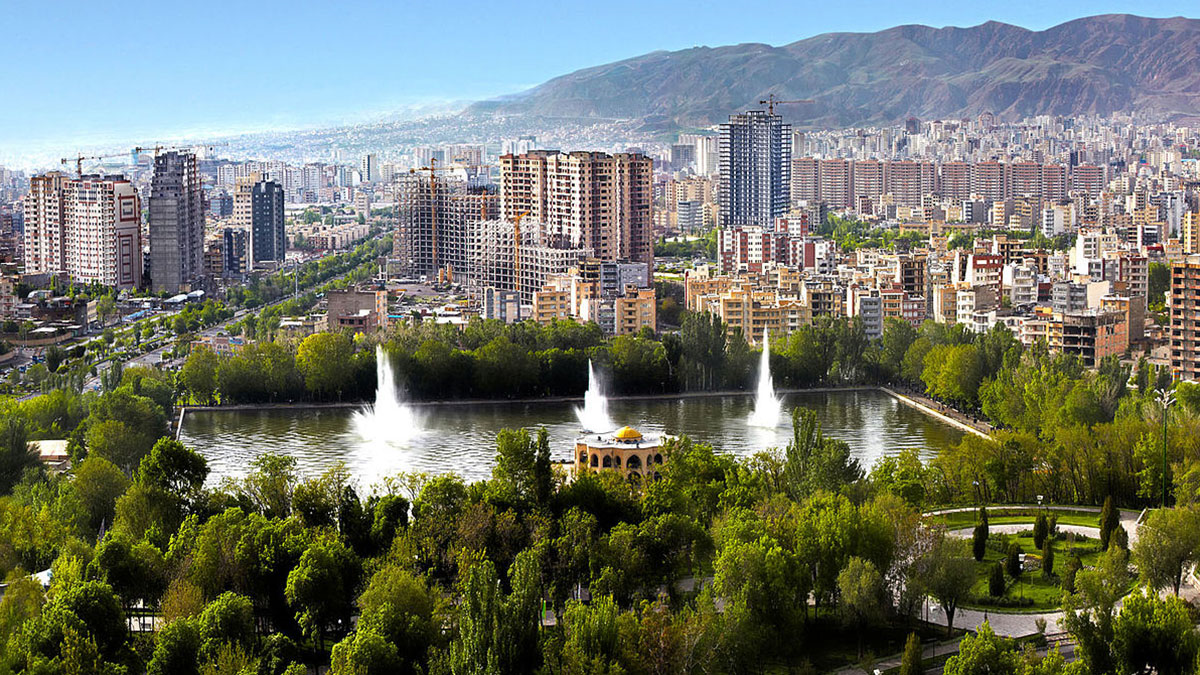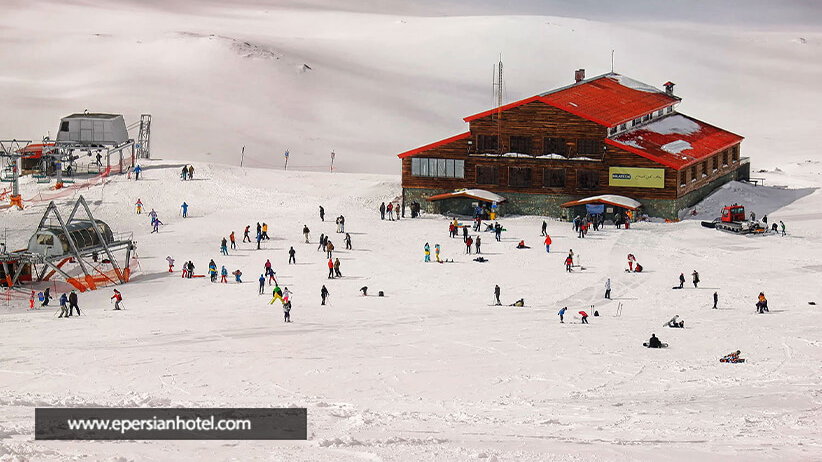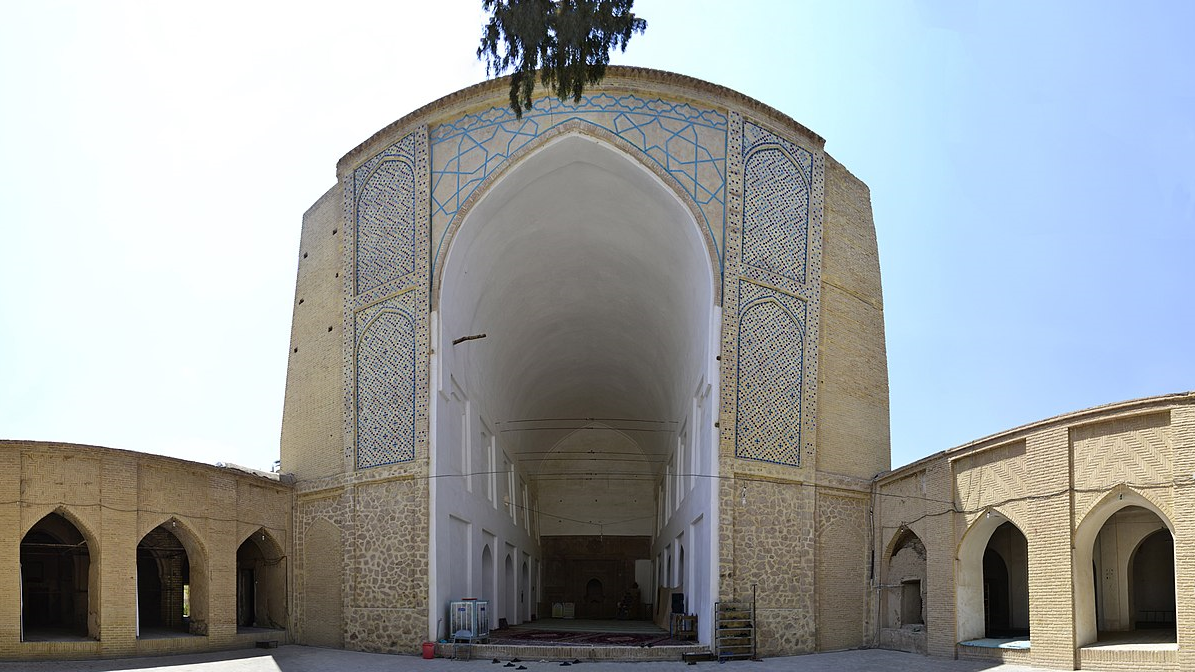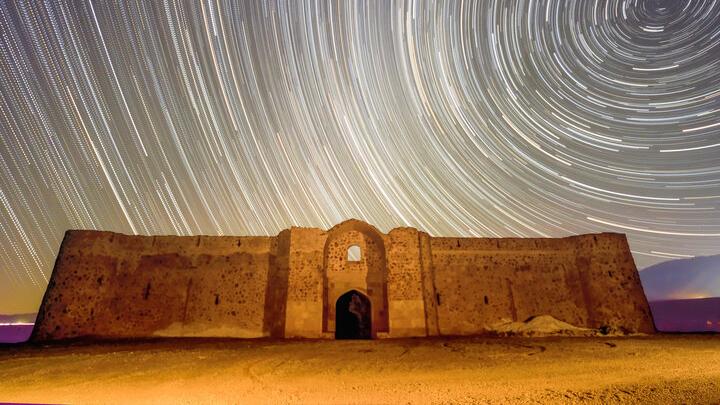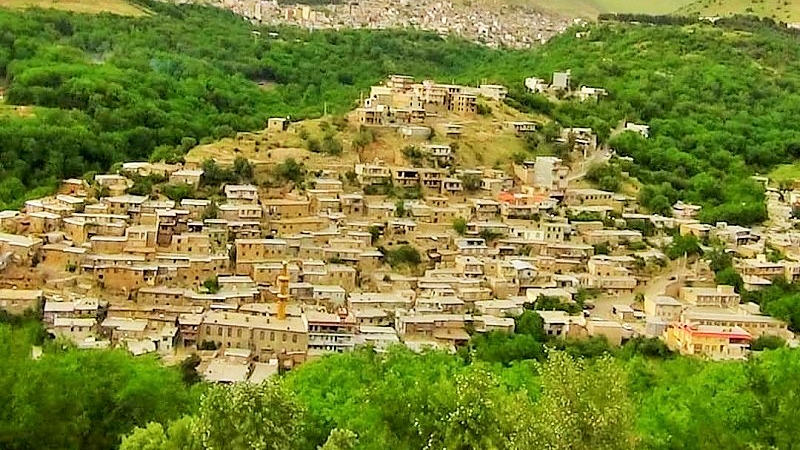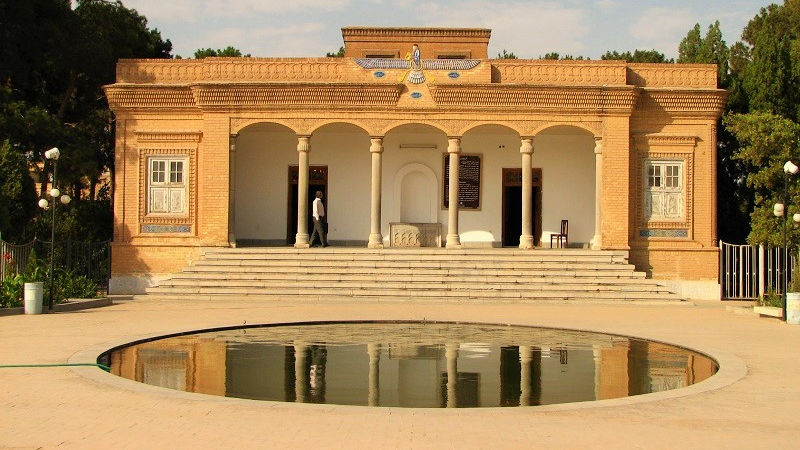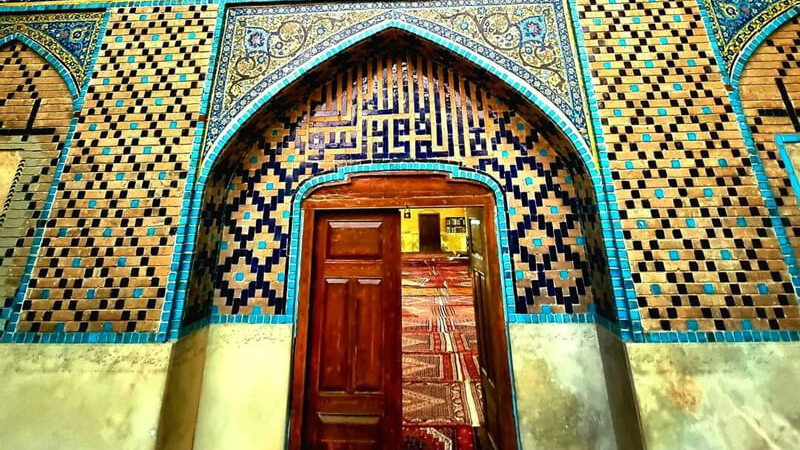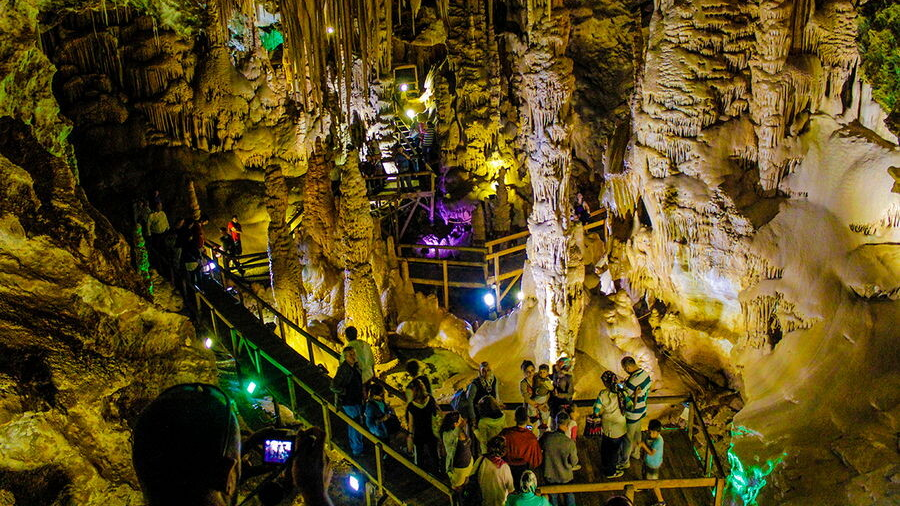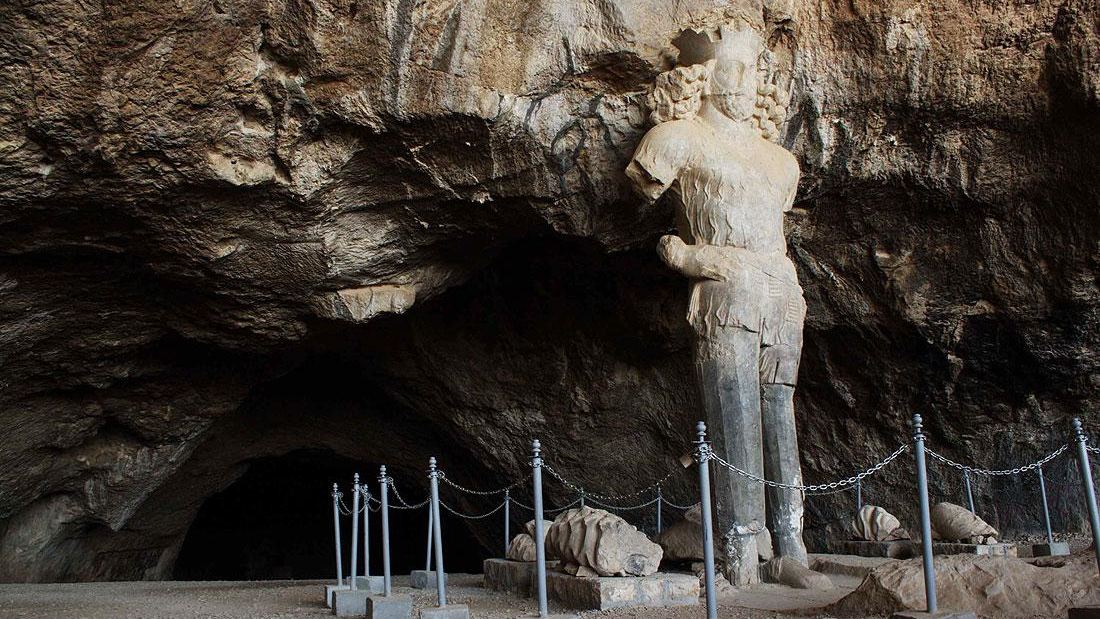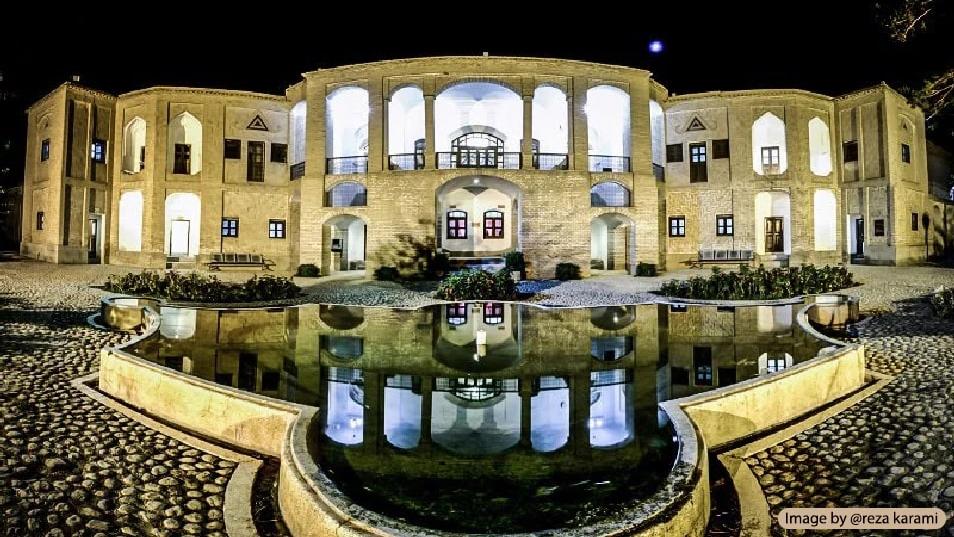
Khal’at Pooshan Tower
The important political, economic, and social position of Tabriz during the Safavid and Qajar eras - and being the capital of the Qajar dynasty (19th century AD) for some time, before Tehran - resulted in the construction of many historical sites in and around this city. One of these sites is the Khal’at Pooshan Tower. According to experts, the construction of this building, which is one of the oldest towers in Tabriz, dates back to the Safavid era (16th century AD).
This site was inspired by the design of the famous Hasht Behesht Palace of Isfahan and built according to the principles of Iranian architecture, in which the Hasht Behesht design is also called “9 Bakhsi” (lit. having 9 parts). In this design, the construction of the building is done in a centralized and extroverted style.
Architecture and Features of Khal’at Pooshan Tower
This building has a 16-sided plan that has been arranged in the form of a circle with a diameter of 9.5 meters. The building is built in the form of a long prism on three floors. The circular staircase of the building, which was made in this way to save more space, is considered one of its most attractive parts. This staircase is located in the northeastern part of the building.
The roof of each floor of the building has a special shape. The roof of the first floor is dome-shaped. The roof of the second floor was damaged over time and is currently reinforced with iron beams. The third floor, which was used for performing the “Khal’at Pooshan” ceremony, has no roof. This floor has a wall with crenate edges. If the tower was attacked, the guards could use these arches to hide and throw arrows and spears at the attackers.
All 16 sides of the building have special vaults. The vaults of the four main directions are bigger than the other 12 arches, which are decorated with black and blue bricks and tiles and built without any windows between the capital columns and the edge of the roof.
What Was Khal’at Pooshan Tower Used for?
Khal’at Pooshan Tower, which is presently considered a part of the Faculty of Agriculture of Tabriz University and is used for research and educational activities, was a place for government agents. But holding the ceremony of “Khal’at Pooshan’ was considered one of the most important uses of this tower; the ceremony in which the origin of the name of the tower lies.
In this ceremony, the crown princes of the Qajar dynasty gave gifts to government servants. The Crown Prince, who was stationed in Tabriz, used to sit in the area of the tower. Then the people who were going to be honored by receiving “khal’at” (gift) would line up in front of the tower. The khal’at consisted of a luxurious dress and a sword and its jeweled belt. To honor the government servants, the crown prince used to throw a beautiful cashmere shawl and robe on their shoulders and tie a studded sword to their waist.
This ceremony was held during the reign of Ahmad Shah in 1912 CE when he had sent the khal’at for Samad Khan Shoja al-Dawlah Maraghehei who was the governor of Azarbaijan.
Where is Khal’at Pooshan Tower Located?
Khal’at Pooshan Tower is built five kilometers from the center of Tabriz city and next to a river named “Mehraneh”. This tower is located in a green valley and its visitors can, besides seeing the beauty of the building, also enjoy the natural and visual beauty around it.
According to travelogues and historical texts, this Tower was located in a large pool in the past and the entrance to it was made through a bridge. This increased the security of the site and allowed government agents to control access to the site. Presently, there is no sign of this large pool and the area around the tower has become a sidewalk.
Khal’at Pooshan Tower was inscribed on the list of Iran’s national heritage in the year 1998.
Khal’at Pooshan Tower of Tabriz was a place to hold a traditional ceremony to honor government servants until the beginning of the 20th century.
| Name | Khal’at Pooshan Tower |
| Country | Iran |
| State | East Azerbaijan |
| City | Tabriz |
| Type | Historical |
| Registration | National |
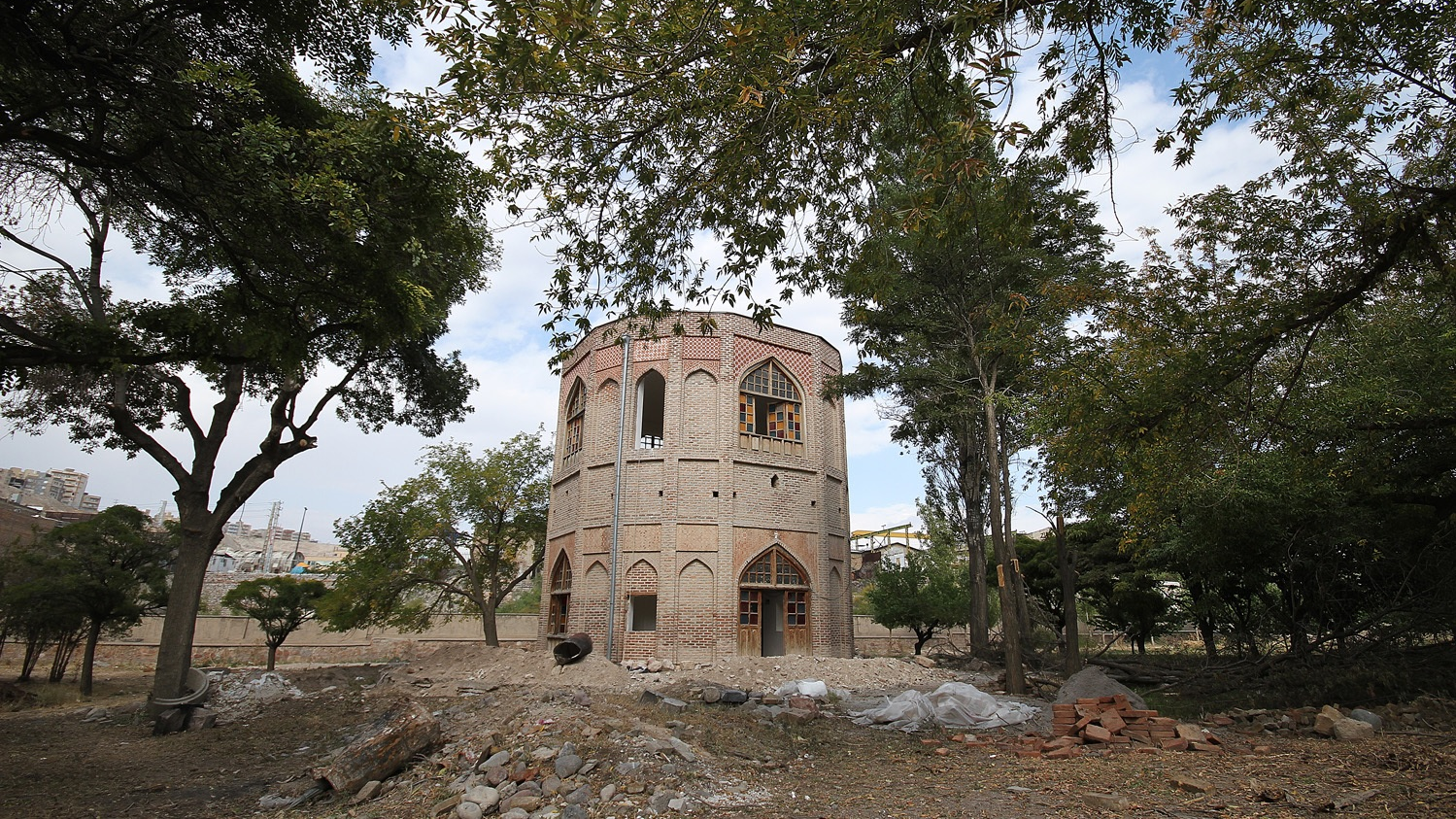

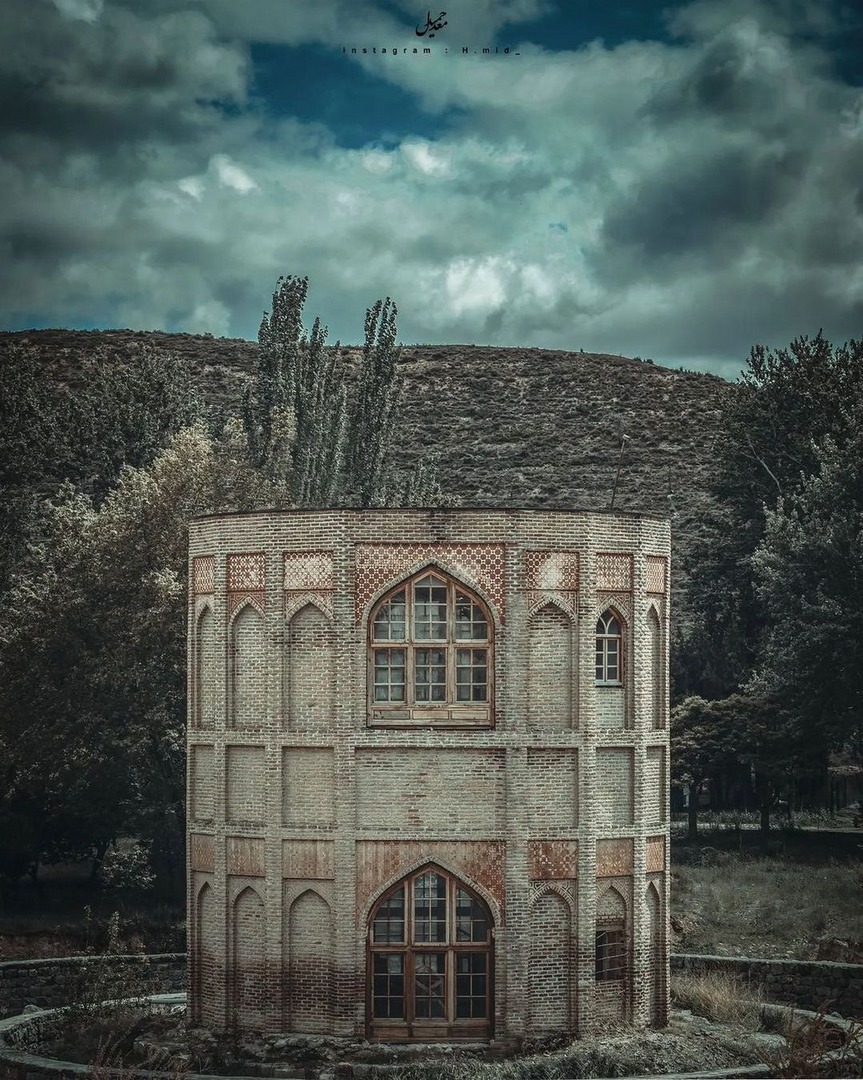





Choose blindless
Red blindless Green blindless Blue blindless Red hard to see Green hard to see Blue hard to see Monochrome Special MonochromeFont size change:
Change word spacing:
Change line height:
Change mouse type:
